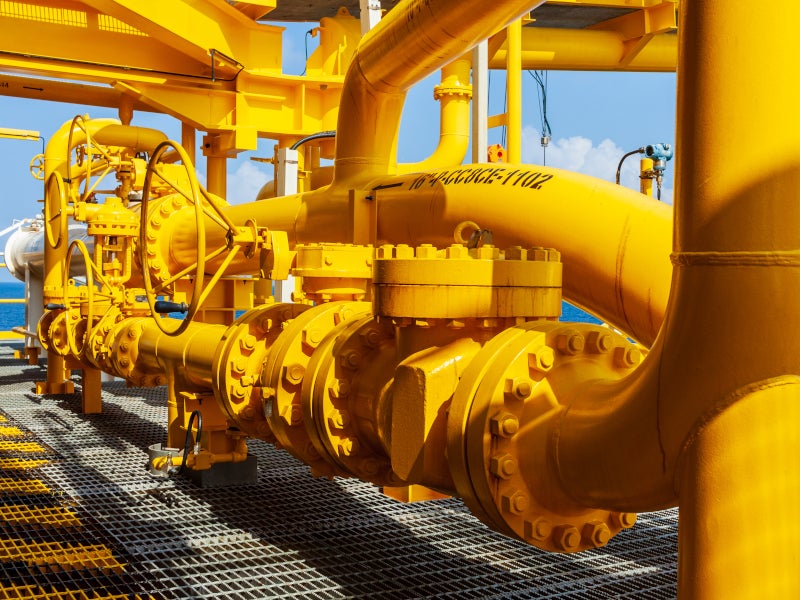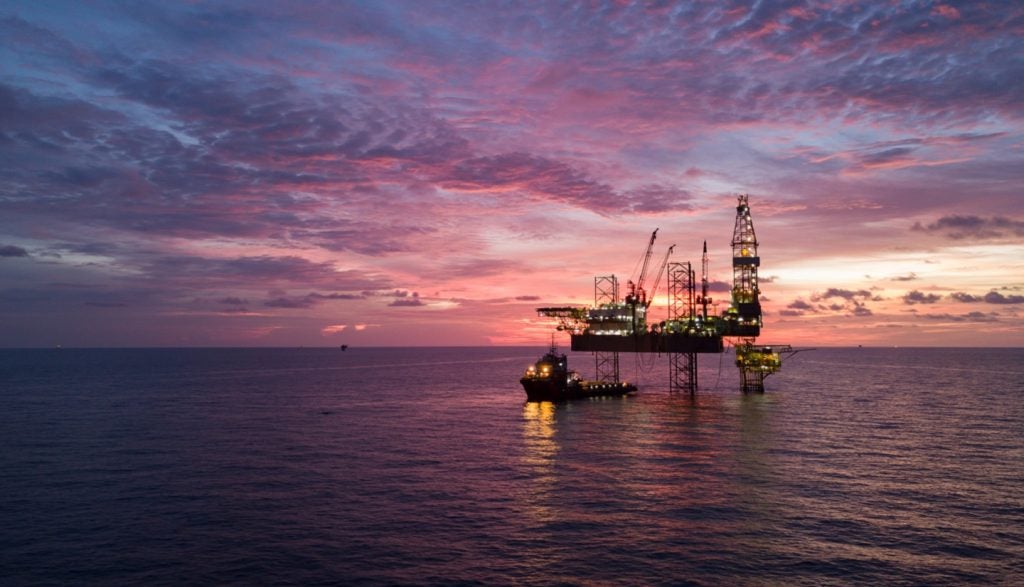
The offshore oil and gas industry has changed rapidly in recent years, with new technologies being adopted by the energy sector to meet the challenges of a digital economic landscape. Artificial intelligence is an exciting new technological field, but what uses could it have for oil and gas? Umar Ali explores the applications of artificial intelligence in the offshore oil and gas industry.
What is artificial intelligence?
Artificial intelligence (AI) is a diverse scientific field, but within the oil and gas industry there are two primary applications of the technology: machine learning and data science.
Machine learning enables computer systems to learn from and interpret data without human input, refining the process through iterations to produce programs tailored to specific purposes. Within the offshore oil and gas industry, this allows companies to monitor complex internal operations and respond quickly to concerns that human operators may not have been able to detect.
Machine learning can also be used to run simulations, using predictive data models to discover patterns based on a variety of inputs. The oil and gas industry can use AI in this way to test potential impacts of new developments or to gauge the environmental risk of a new project before any plans are made.
How well do you really know your competitors?
Access the most comprehensive Company Profiles on the market, powered by GlobalData. Save hours of research. Gain competitive edge.

Thank you!
Your download email will arrive shortly
Not ready to buy yet? Download a free sample
We are confident about the unique quality of our Company Profiles. However, we want you to make the most beneficial decision for your business, so we offer a free sample that you can download by submitting the below form
By GlobalDataData science uses AI to extract information and insights from data, using neural networks to link related pieces of data together and form more comprehensive pictures from existing information. The offshore oil and gas industry can use AI in data science to make the complex data used for oil and gas exploration and production more accessible, which allows companies to discover new exploration opportunities or make more use out of existing infrastructures.
Application of artificial intelligence in oil and gas industry
In January 2019 BP invested in Houston-based technology start-up Belmont Technology to bolster the company’s AI capabilities, developing a cloud-based geoscience platform nicknamed “Sandy.”
Sandy allows BP to interpret geology, geophysics, historic and reservoir project information, creating unique “knowledge-graphs.”
The AI intuitively links information together, identifying new connections and workflows, and uses these to create a robust image of BP’s subsurface assets. The oil company can then consult the data in the knowledge-graph, with the AI using neural networks to perform simulations and interpret results.
The Oil and Gas Authority (OGA) is making use of AI in similar ways, with the UK’s first oil and gas National Data Repository (NDR), launched in March 2019.
The NDR contains 130 terabytes – the equivalent of around eight years’ worth of HD movies – of geophysical, infrastructure, field and well data. This data covers more than 12,500 wellbores, 5,000 seismic surveys and 3,000 pipelines.
The NDR uses AI to interpret this data, which the OGA hopes will uncover new oil and gas prospects and enable more production from existing infrastructures.
The OGA also expects the AI-driven platform to be a part of the UK oil and gas industry’s energy transition, with its reservoir and infrastructure data supporting future carbon capture, usage and storage projects.
AI can also be used to make operations on oil and gas platforms safer. In March 2019, Aker Solutions partnered with tech company SparkCognition to enhance AI applications in its ‘Cognitive Operation’ initiative.
SparkCognition’s AI systems will be used in an analytics solution platform called SparkPredict, which monitors topside and subsea installations for more than 30 offshore structures.
The SparkPredict platform uses machine learning algorithms to analyse sensor data, which enables the company to identify suboptimal operations and impending failures before they occur.
Shell adopted similar AI software in September 2018, when it partnered with Microsoft to incorporate the Azure C3 Internet of Things software platform into its offshore operations.
The platform uses AI to drive efficiencies across all sections of Shell’s offshore infrastructure, from drilling and extraction to employee empowerment and safety.
The future of AI
AI has already been incorporated into a number of sectors within the oil and gas industry as part of global efforts to digitally transform exploration and production operations. But what is the future of AI technology in the oil and gas industry?
The industry seems to have readily accepted digital technologies such as AI, and is optimistic about the potential of this technology.
Aker BP Improvement senior vice president Per Harald Kongelf said: “The oil and gas industry is facing a rapidly changing digital landscape that requires cutting-edge technologies to cultivate growth and success.”
IBM senior manager Brian Gaucher said: “Cognitive environments and technologies can bring decision makers together, help them seamlessly share insights, bring in heterogeneous data sets more fluidly, and enable target analysis and simulation.”





